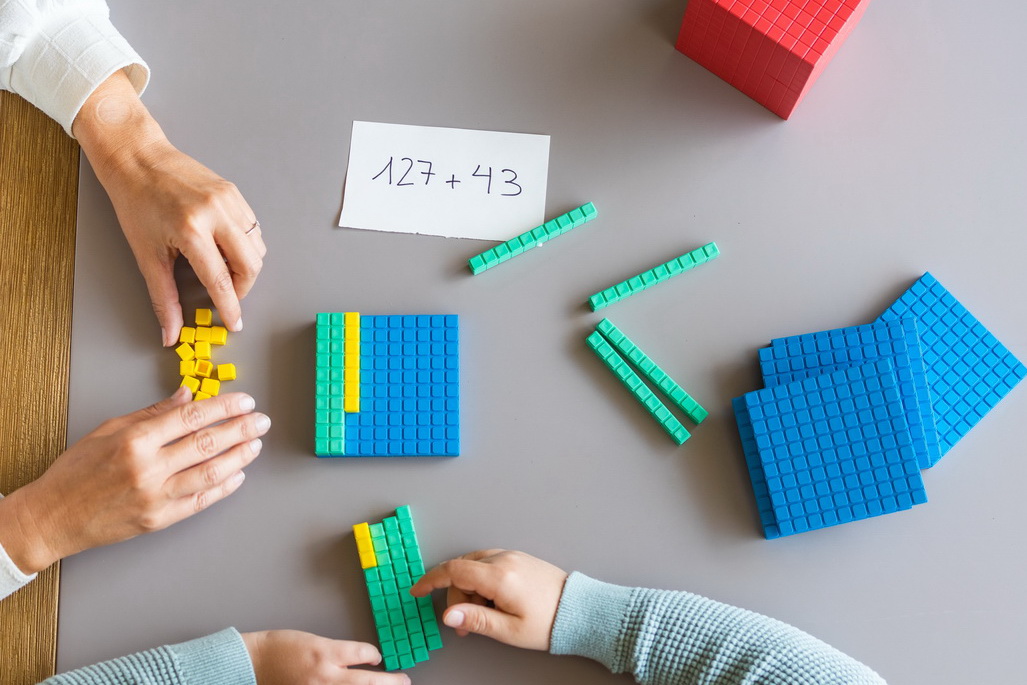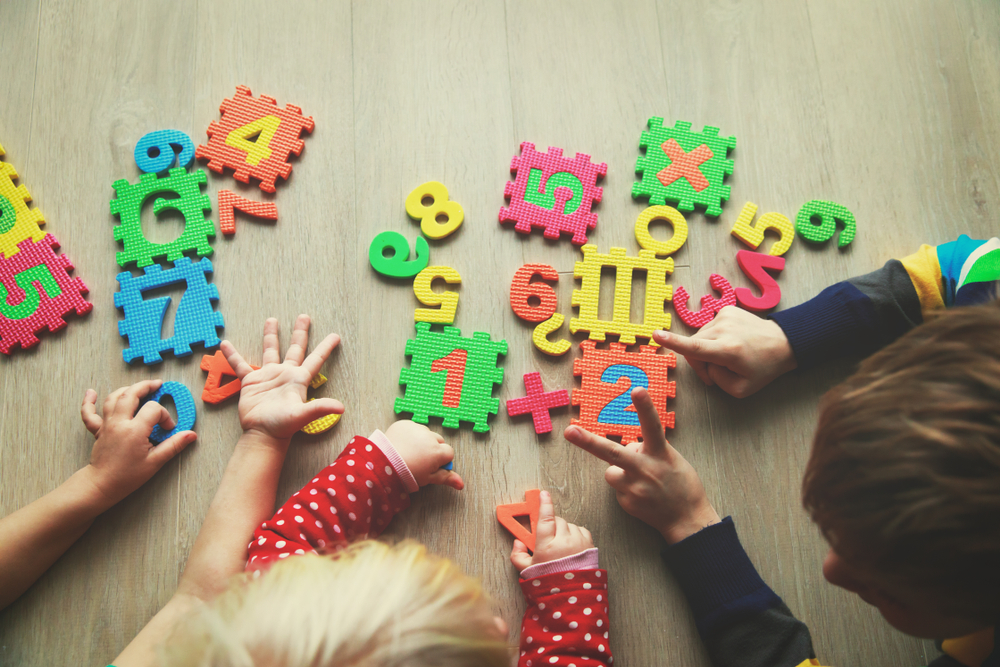Mathematical reasoning Normal Addition & Subtraction Worksheets for 4-Year-Olds
6 filtered results
-
From - To
Unlock your child's potential with our engaging Normal Addition & Subtraction Worksheets designed specifically for 4-year-olds! These worksheets emphasize mathematical reasoning, helping young learners develop foundational skills in arithmetic through fun and interactive activities. Our easy-to-follow materials cater to early learners, using colorful visuals and relatable scenarios to make addition and subtraction enjoyable. As children work through these worksheets, they'll enhance their problem-solving abilities, build confidence, and gain a strong grasp of essential math concepts. Perfect for parents, teachers, or caregivers, these worksheets are a delightful way to foster a love for learning in mathematics while preparing your child for future success!
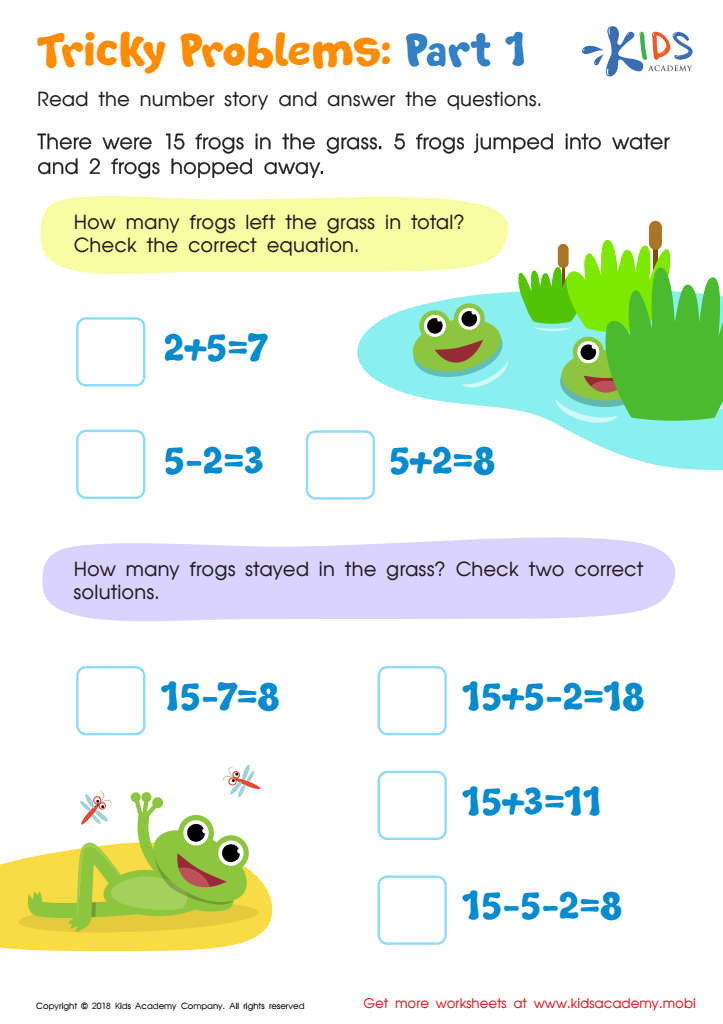

Tricky Problems Worksheet: Part 1
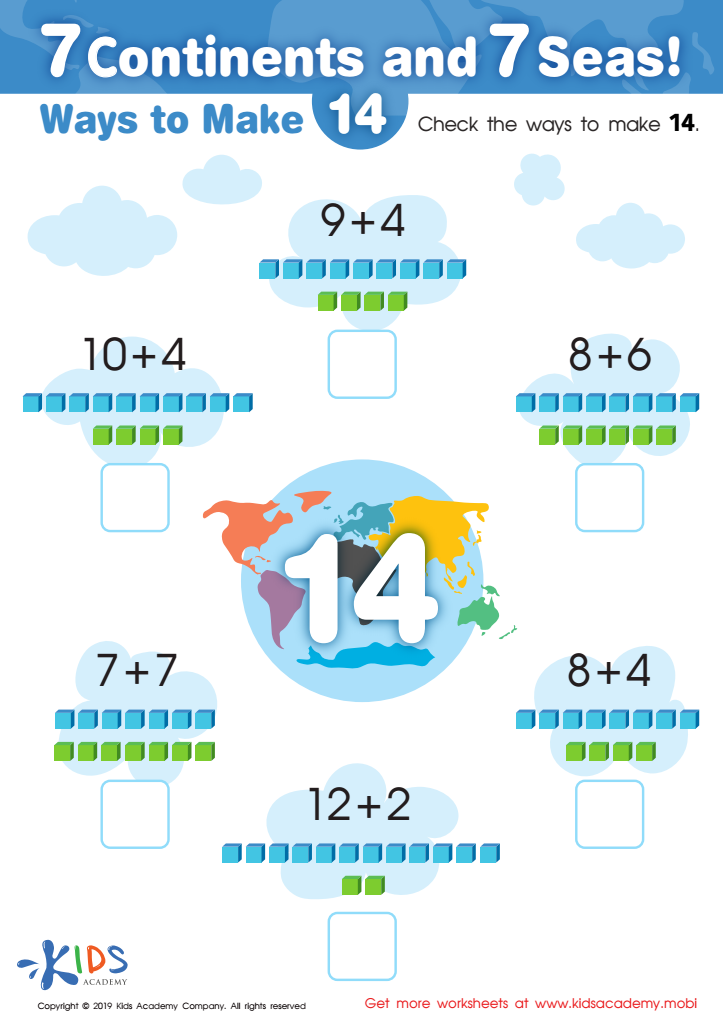

7 Continents and 7 Seas Worksheet
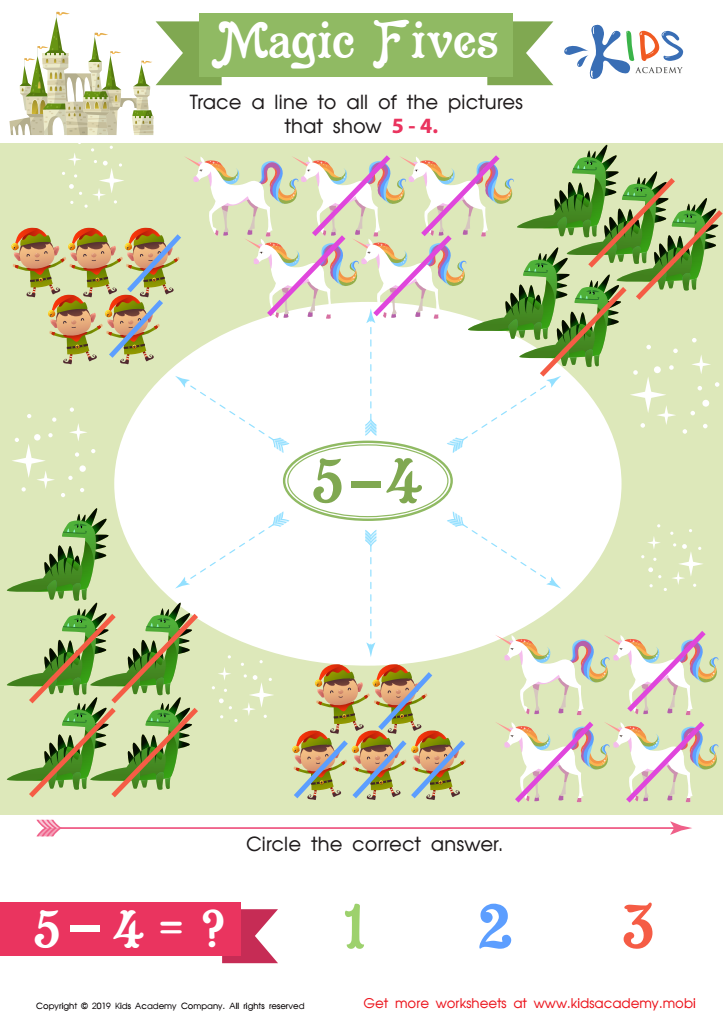

Magic Fives Worksheet
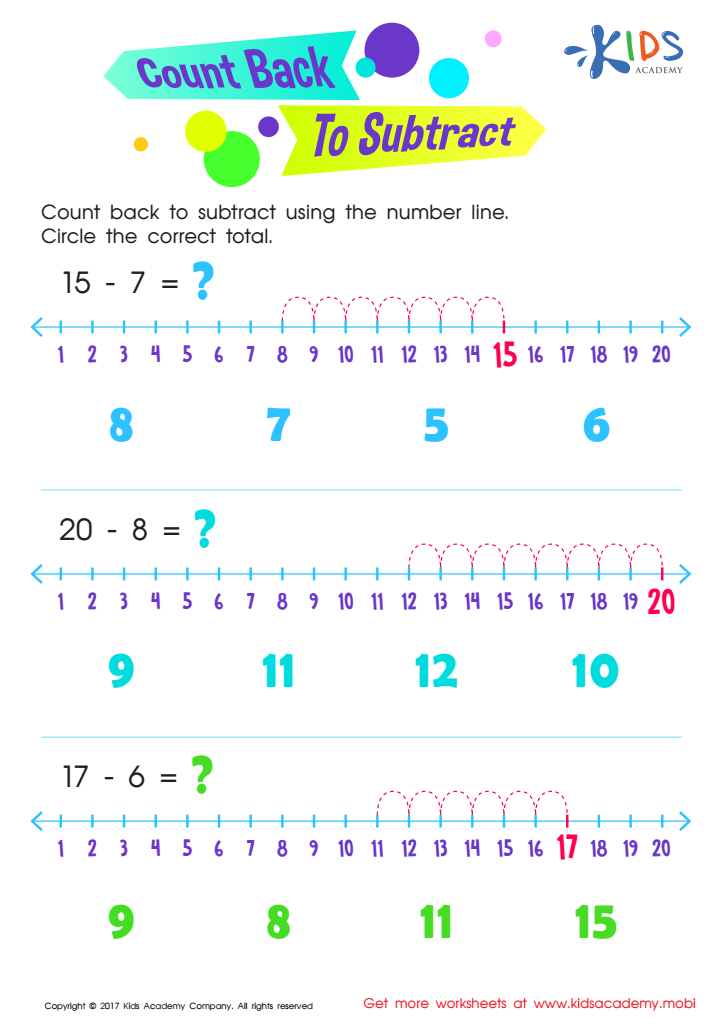

Count Back to Subtract Substraction Worksheet
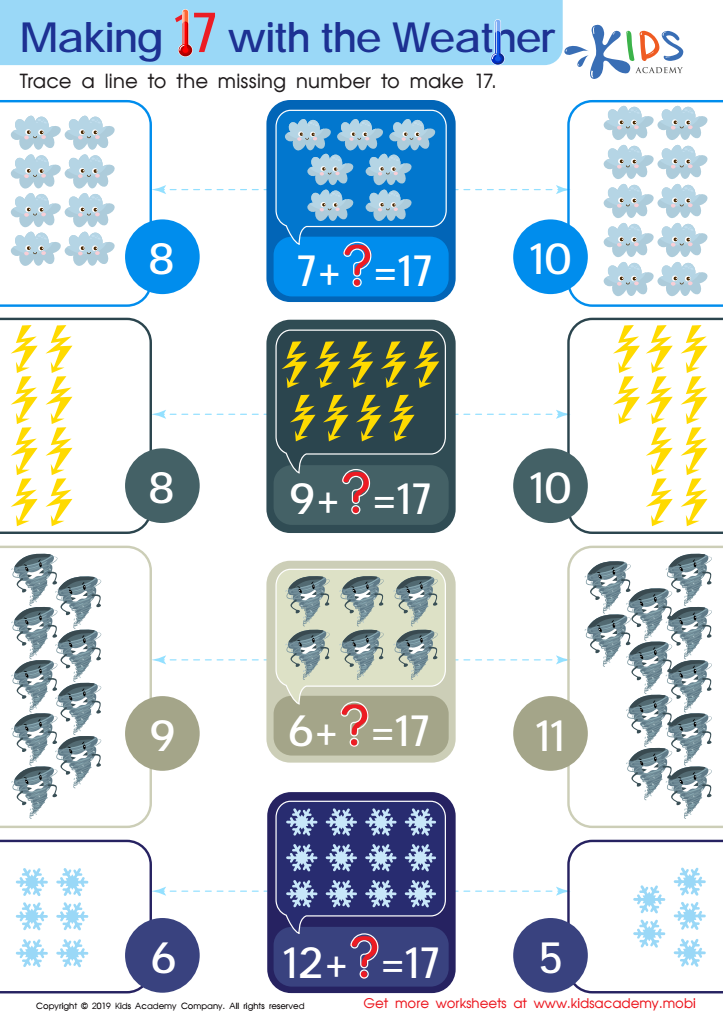

Making 17 with the Weather Worksheet
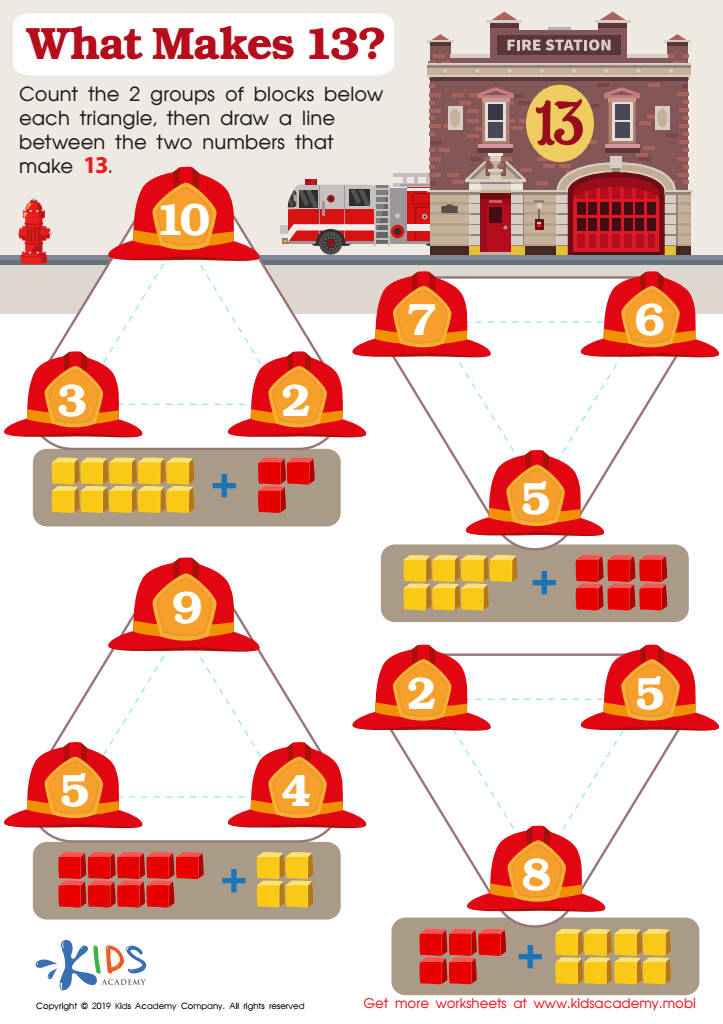

What Makes 13 Worksheet
Mathematical reasoning in normal addition and subtraction is crucial for the cognitive development of 4-year-olds, as it lays the foundation for further academic success. At this age, children are naturally curious and eager to engage with their environment. Introducing them to the concepts of addition and subtraction fosters critical thinking and problem-solving abilities, skills that are essential not only in math but also in everyday life.
Parents and teachers should care because early exposure to these concepts helps children develop numerical literacy, which is vital for their academic journey. Understanding basic operations enables children to recognize patterns and relationships in numbers, promoting a deeper comprehension of mathematics over time.
Moreover, engaging in mathematical reasoning through play and hands-on activities can enhance children's social skills and language development as they discuss their thought processes and solutions. This interactive learning experience encourages collaboration and builds confidence in their abilities.
Importantly, nurturing a positive attitude towards math in early childhood can counteract potential math anxiety later in life, setting the stage for lifelong love and appreciation for learning. By prioritizing mathematical reasoning, adults play a decisive role in shaping a child's educational future and overall cognitive skill set.
 Assign to My Students
Assign to My Students




